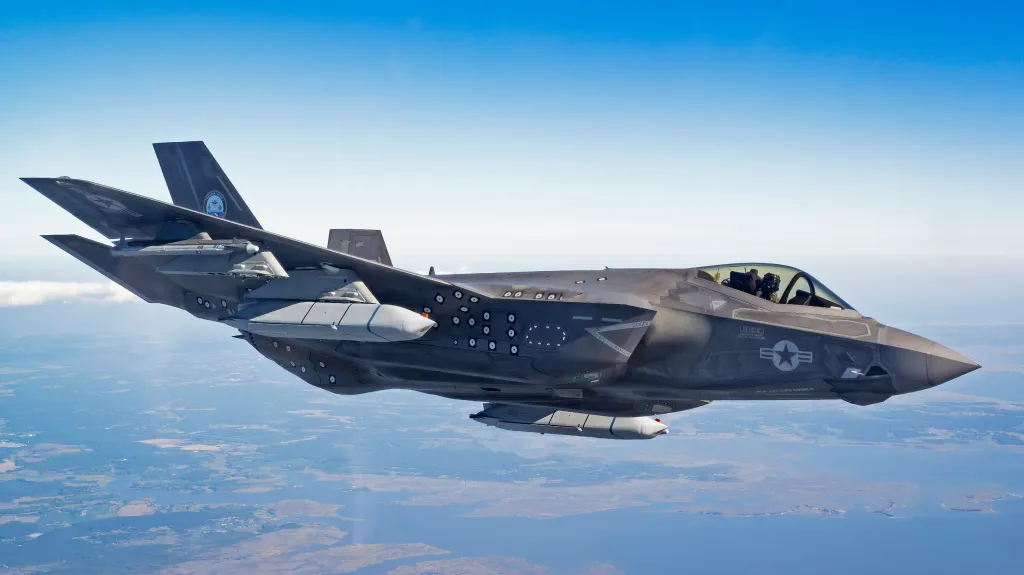In an effort to expand the range of weapons deployable from an F-35 fighter-bomber, the U.S. Navy has showcased one of its C-variant aircraft carrying the new long-range anti-ship missile AGM-158C (LRASM) in flight. This missile is derived from the design of the air-to-ground JASSM series. The flight took place on September 10, specifically in the skies over Maryland, suggesting a focus on enhancing combat capabilities against ships in the context of a potential conflict with China.

Alongside the images released, the Pentagon stated: “As part of ongoing integration efforts, the Pax River F-35 Integrated Test Force (Pax ITF) team conducted two days of flight tests to evaluate flutter, loads, and flight characteristics with two AGM-158 missiles loaded on external stations (…) LRASM is a defined short-term solution for the air-launch capability gap in Offensive Anti-Surface Warfare (OASuW), providing advanced, flexible, long-range anti-surface capability against high-threat maritime targets.”
Detailing further, the specialized outlet The Warzone reported that the U.S. Navy’s intention is to equip both versions of the F-35 platform it operates (B and C) with the new LRASM missile, leveraging the same mold as the aforementioned JASSM system. For now, it should be noted that in both cases, the new weapons must be carried under the aircraft’s wings, thereby losing some of its stealth characteristics; however, this is considered an acceptable trade-off given the missile’s long-range strike capabilities.

Regarding the features of the new LRASM, it is known to be guided by an inertial navigation system (INS) assisted by GPS. This, combined with its highly adaptive routing capability, allows the missile to trace precise routes to the target and adjust them as threats are detected along the way (with a range between 200 and 300 miles). This is no minor feature, as the new weapons are also capable of receiving data from other systems linked to them, facilitating the evasion of threats. Should all else fail, the missile also features an electronic support measures (ESM) package that disrupts enemy countermeasures.
In addition, LRASMs are equipped with an infrared imaging (IIR) seeker that activates during the final phase of its approach to the target, allowing it to automatically select impact points based on pre-set data indicating the weakest parts of the target vessel. Previous reports have noted that this capability adds to the missile’s passive operational mode, making it virtually undetectable in flight, while electronic countermeasures would have little effect in neutralizing it.

Finally, it is worth mentioning that the U.S. Navy is working to enable the deployment of the new missiles from its new P-8 Poseidon maritime patrol aircraft, in addition to the F-18E/F Super Hornets, which are already cleared for this. The U.S. Air Force could also use its B-1B bombers to deploy LRASMs. Together, this gives U.S. forces a range of attack options as they await approval for what will be the first anti-ship missile specifically for the F-35, which previously integrated Norwegian-origin JSM multifunction systems for this role.
Cover image: Dane Wiedmann
You may also like: The U.S. Navy has added the fifth of its new Lewis B. Puller-class expeditionary mobile bases









